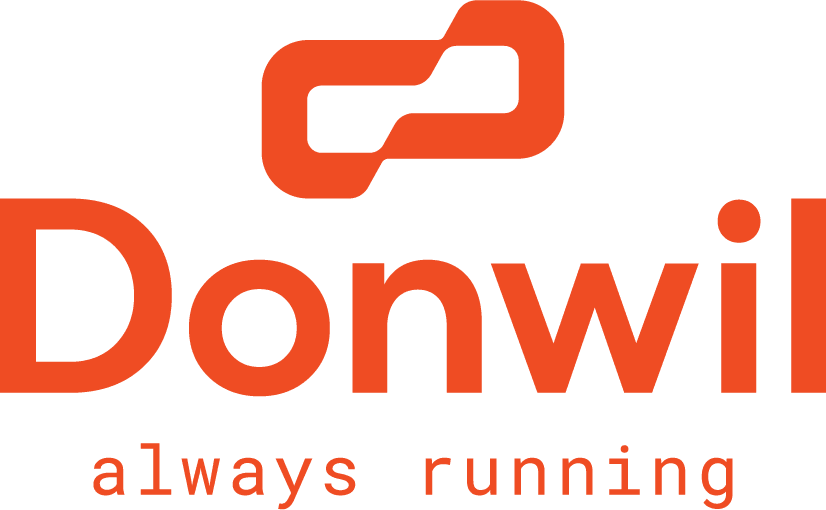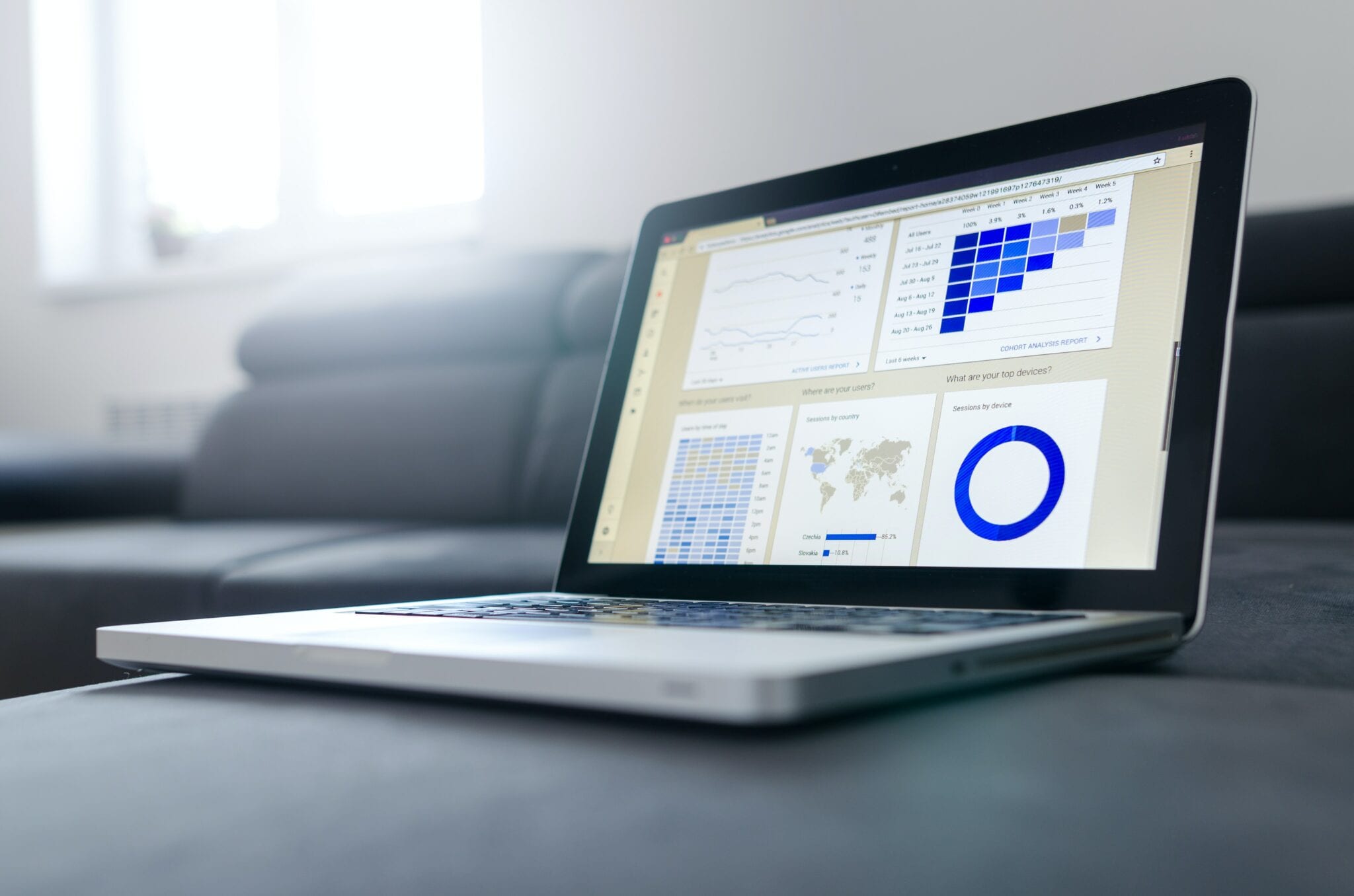What Happens If You Don’t Manage Your Data Center Capacity?
2020 held numerous examples of bad data center capacity planning. From time outs on vaccine registration sites and long waiting times on government sites for stimulus checks and unemployment registration, people across the U.S. now clearly understand the extreme frustrations and potential dangers of having too little data center capacity.
Of course, not every capacity issue is a potential life-or-death problem. Sometimes low capacity simply results in high latency and time outs, customer and employee dissatisfaction, and the proliferation of risky shadow IT across the enterprise. On the opposite side of the spectrum, overprovisioning creates its own challenges.
In this article, we will talk about what happens when you don’t manage your data center capacity flexibly and with agility, and we will also discuss how you can determine your capacity and get the most out of your equipment.
The Issue with Overprovisioning
As we mentioned earlier, low data center capacity isn’t the only issue that impacts IT performance: overprovisioning can bring its own challenges. Though it used to be a common practice to buy more than you need when it came to data center equipment, times have changed. Now, agile business models and continuous innovation in the tech sphere have dictated a need for smaller expenses along with “Just in Time” and N+1 mindsets for IT provisioning and redundancy supply.
These approaches require continuous optimization and flexible management, but they can positively impact your bottom line, cutting out costs for extra equipment, extra storage space, extra maintenance time and attention, extra upgrades, and extra infrastructure for data center power and cooling.
How to Determine Optimal Data Center Capacity
As a data center power and data center cooling solutions provider, we don’t claim to be experts in determining data center capacity when it comes to purchasing IT equipment. However, our nearly 60 years in the data center power and cooling industry definitely qualifies us as experts in data center infrastructure, so we can talk about capacity planning from that standpoint.
In terms of data center power and cooling or IT provisioning, the process of capacity planning includes:
- Assessing your service level requirements
- Determining your current capacity
- Developing a plan to fill current gaps and meet future capacity needs
- Modeling various solutions to see which ones best fit your requirements
While the steps involved in this process are not difficult in and of themselves, they do take quite a bit of preparation work which can be tedious and challenging for people who have not spent years learning the ins and outs of data center capacity planning.
Considering the wide variety of data center power and cooling products (or IT equipment) needed, it can be tricky to track and calculate the performance of existing assets and planned assets. When you add the complexities of colocation, IoT devices, and cloud/hybrid data center management into the mix, determining data center capacity can seem overwhelming.
Then, of course, there is also the requirement to continually optimize your data center capacity, so you can get the most out of the equipment you have at all times. After all, no one anticipated the need for large numbers of people to access vaccine registration sites, unemployment portals, or stimulus check updates – the pandemic held many surprises.
In short: continuous optimization requires flexibility.
How to Maintain Data Center Power and Cooling Flexibility
In the cases we just listed, agencies and organizations may have been forced into costly panic purchasing for additional data center equipment to handle the increased load. Resulting in even greater costs, that equipment may have swiftly resulted in overprovisioning once vaccine demand and unemployment numbers declined.
While, again, we can’t speak on the efficacy of purchasing more IT equipment for the data center to handle unexpected loads, we can speak to the efficiency of using data center infrastructure management (DCIM) solutions to monitor conditions in the data center at all times.
By using DCIM, organizations will gain continuous insight into data center performance. This helps them identify potential issues that could impact equipment (temperature, humidity, dust, power surges, etc.) before they cause data center shutdowns and lead to capacity issues.
Ready to Learn More?
Contact Donwil to Discover Your Options for Data Center Power and Cooling & DCIM.
Since 1965, Donwil has been the team to trust for sales backed by responsive and reliable service for enterprises that want to get the most from their critical business process power and cooling solutions. As the exclusive provider of Vertiv, Liebert, Starline, and Hitachi, Donwil delivers a range of critical services and solutions to keep organizations across Western Pennsylvania, Western Virginia, and Eastern Ohio always running.

